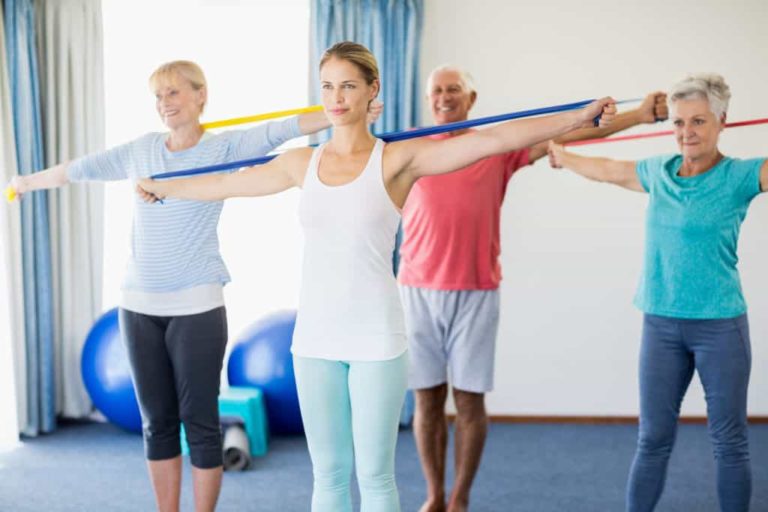
You may be unaware just how much osteoporosis can affect your quality of life until you sustain a fracture. In fact, a fracture resulting from an impact that normally would not be enough to cause an injury may be your first sign of a problem.
You can be proactive in determining whether you are at risk by asking your doctor to order a bone density test. If you are over the age of 50, have lost height or have a rounded upper back, it could be a sign of osteoporosis.
Osteoporosis is characterized by a reduction in bone density leading to an increased risk of fracture and pain. The bones become thin and porous, which lessens their ability to tolerate forces in everyday life.
A loss of bone density commonly begins in women after menopause. It can also occur in anyone with a disorder that affects bone development, such as celiac disease, rheumatoid arthritis, inflammatory bowel disease or kidney dysfunction. Prolonged use of steroids or blood thinners may increase your risk for developing osteoporosis as well. Athletes who are underweight prior to early adulthood are also susceptible.
Spinal compression fractures, particularly those in the middle back, are the most common fractures, followed by hip and wrist fractures.
STRENGTHENING EXERCISES
If you are recovering from a fracture, a physical therapist can help you return to full function and an active lifestyle. You will learn which exercises are safe to strengthen your bones, reduce the progression of bone loss and prevent future fractures.
The best exercises for building and maintaining bone density are weight-bearing and resistance exercises. Weight-bearing exercises include anything that makes you work against gravity in an upright position, like walking. Resistance exercises include weightlifting, exercise bands and water activities.
If you are diagnosed with osteoporosis or osteopenia (low bone density), a physical therapist can work with you to build bone or lessen the amount of bone loss in areas most vulnerable to fracture. Strengthening the areas surrounding the hip, spine, shoulder and wrists can reduce your chance of future injuries.
You will also be guided to avoid exercises and movements that may contribute to spinal fracture. It is important to avoid bending your spine in sitting or standing, especially when lifting heavy objects. Twisting or rotating against resistance without proper guidance can put you at risk for an injury.
A physical therapist can also guide you to improve your dynamic balance to avoid falls. Learning to lengthen your spine, strengthen your core and improve your posture will take unnecessary stress off your spine and reduce the risk of spinal compression fractures.
Although there is no cure for osteoporosis, physical therapy is an effective way to safely preserve your active lifestyle.

 Los Altos, CA
Los Altos, CA
